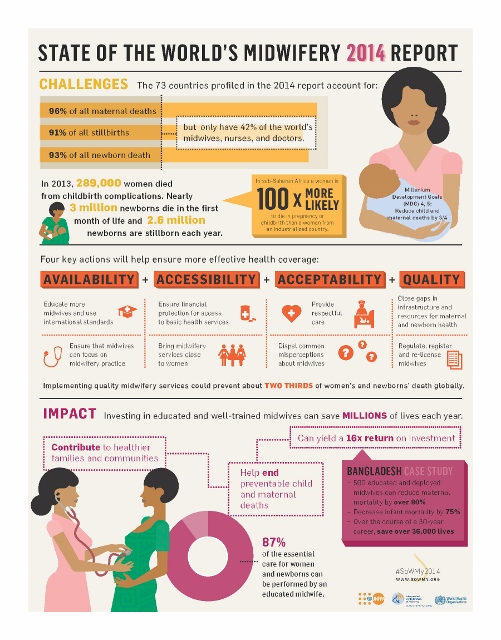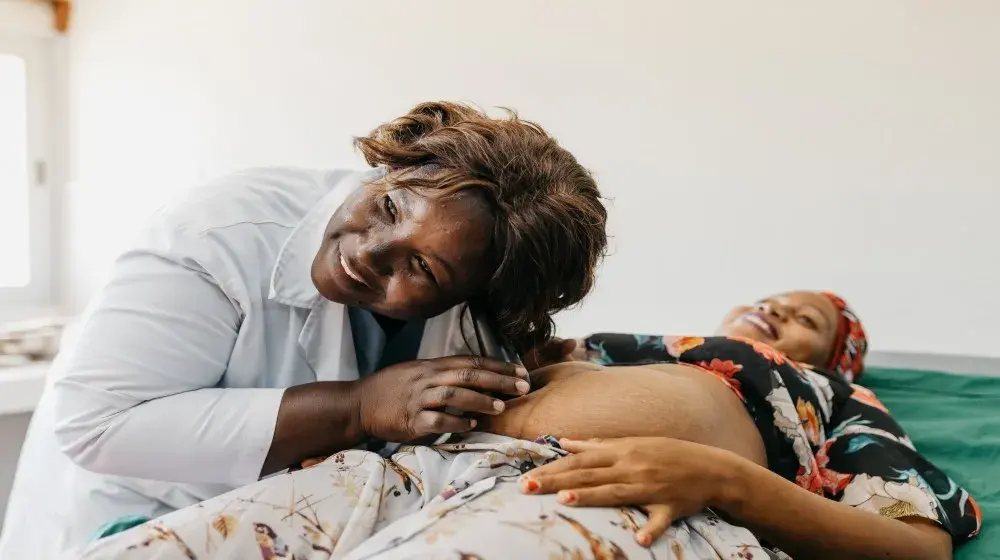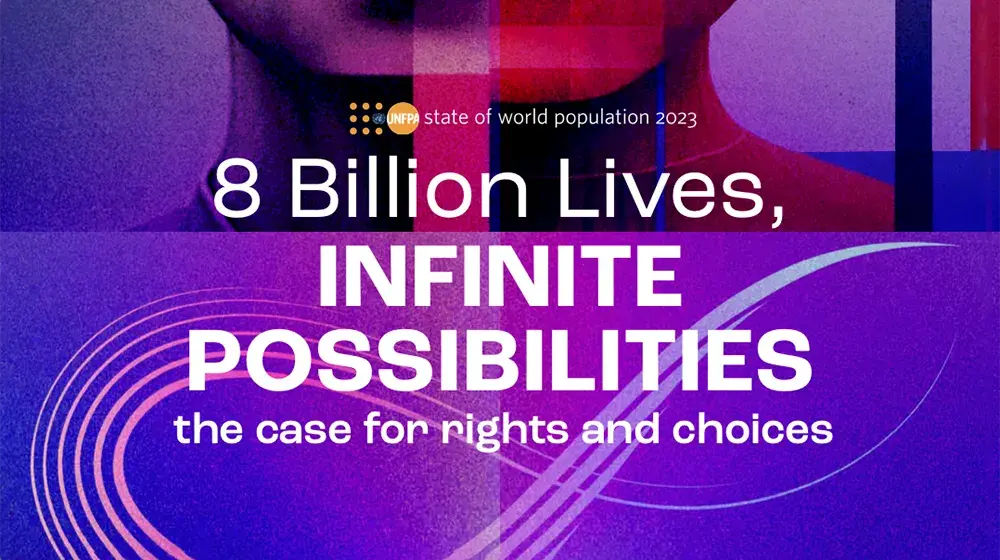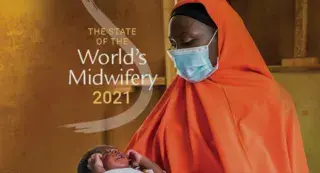On June 3 UNFPA launched The State of the World's Midwifery report 2014 edition report launched today by UNFPA, the International Confederation of Midwives (ICM), the World Health Organization (WHO) and partners. The Report shed light on the important role of these healthcare professionals. The report shines a light on the vast shortage of midwives across low- and middle-income countries, and on the progress made since our inaugural report in 2011.

The State of the World's Midwifery (SoWMy) 2014 report, which examines the global midwifery landscape across
73 low- and middle-income countries, calls for urgent investment in high-quality midwifery to prevent about two
thirds of all maternal and newborn deaths - saving millions of lives every year.
There is still a lack of adequately educated midwives to support the health of women and infants. Today, only 22 per cent of countries have potentially enough adequately educated midwives to meet the basic needs of women and newborns. Seventy-eight per cent of the countries are facing serious shortages in midwifery that will result in unnecessary deaths of women and babies.
In South Africa in 2012, of an estimated total population of 52.4 million, 20.8 million (40%) were living in rural areas and 14.1 million (27%) were women of reproductive age; the total fertility rate was 2.4. By 2030, the population is projected to increase by 11% to 58.1 million. To achieve universal access to sexual, reproductive, maternal and newborn care, midwifery services must respond to 1.4 million pregnancies per annum by 2030. The health system implications include how best to configure and equitably deploy the SRMNH workforce to cover at least 109.3 million antenatal visits, 20.1 million births and 80.3 million post-partum/postnatal visits between 2012 and 2030.
As the population grows, so does the gap in critical resources, such as health care professionals, and infrastructure. The report discusses four factors that must be addressed to ensure that all women have access to sexual, reproductive, maternal and newborn services as a basic human right. The report highlights the progress made since the inaugural 2011 edition and calls for change in four key areas: availability, accessibility, acceptability and quality of midwifery.
The vision set out in the report is that all women of reproductive age, including adolescents, have universal access to midwifery until 2030.
Join UNFPA call for global action, by suporting our social media campaign at #SoWMy2014!
Find the Full Report at http://unfpa.org/public/home/publications/pid/17601




